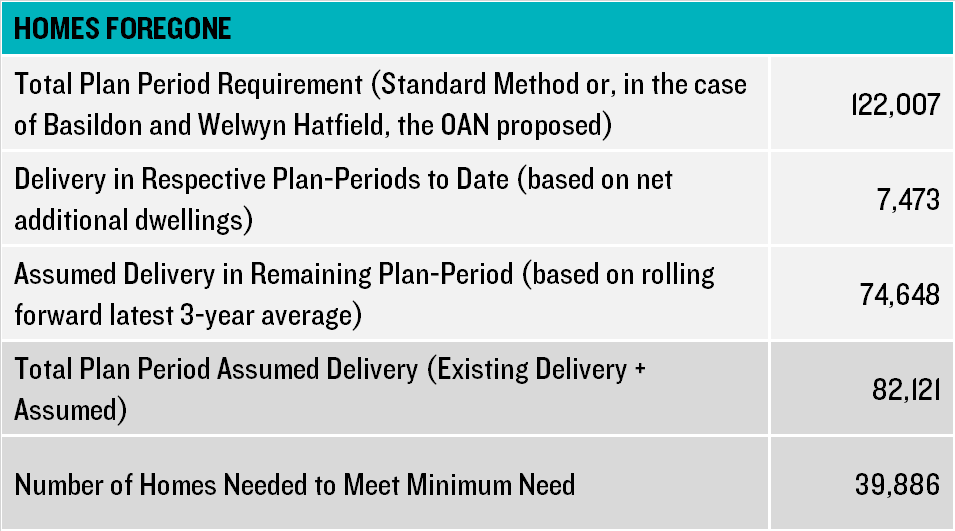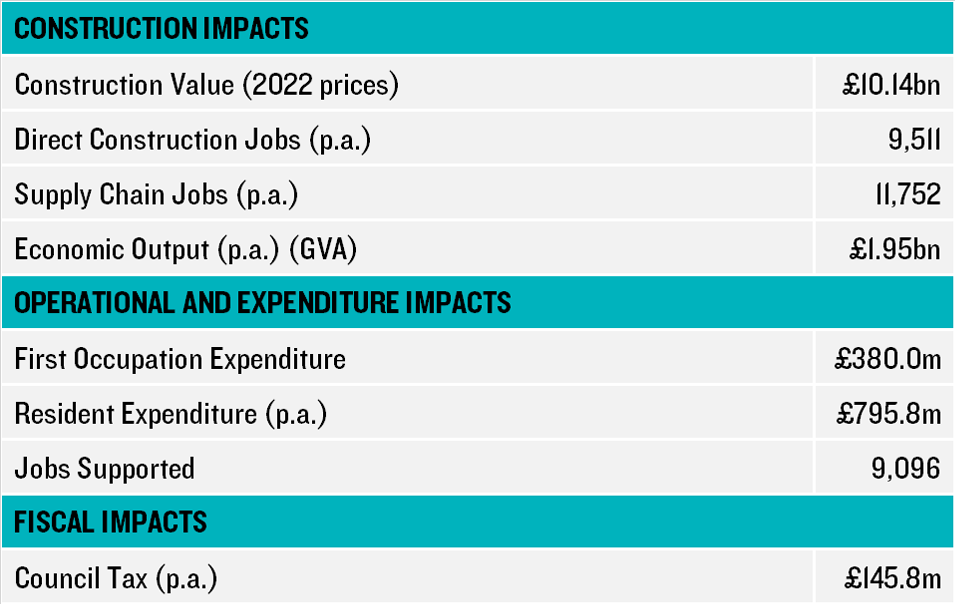Over recent years, social media has played an increasingly significant role in our lives, but how is it influencing town centres and how we use them?
Technological advances are now influencing retail and leisure habits and the use of spaces. From finding places to go via word of mouth, I now find myself increasingly turning to Tiktoks or Instagram reels to influence my decisions on places to visit. The power of social media in attracting people to town centre, was covered in recent research by Lichfields into
how young people use and interact with the town centre. This showed 41% found out what was happening in their town centre via Instagram as they seek new and alternative experiential activities.
As of August 2021, just under 15% of high street retail and leisure properties were vacant in Great Britain 1, and since then the covid pandemic increased pressures on many high street and town centre businesses. The covid pandemic saw a catalysed shift to more online-based shopping, working and leisure activities. As a result, the changing dynamic of how we use these town centre spaces has become a great focus amongst planners, politicians and the public.
It is often stated that ‘crisis leads to creativity’. The climate crisis has driven significant growth and development in electric cars and green energy, SARS which ravaged Asia in 2002 led to a widespread adoption of e-commerce within the region2, and some of the world’s largest companies today were created during in the aftermath of the 2008 financial crisis such as Uber, Airbnb, Instagram and Whatsapp3.
Social media platforms such as Tiktok and Instagram have become more widely used throughout the pandemic, influencing the ways in which we interact and socialise. The ONS found that 100% of 16–24 year-olds access the internet on a mobile device and, unsurprisingly, this age group engage very actively with social media (98%) and are highly adept at finding out about information on goods and services online (84%). When compared to other age groups, the percentages range from 84% (ages 35-44) to 69% (ages 45-54)4, and it is clear we are increasingly influenced by the use of technology.
With this in mind, there has been a significant increase in popularity of social experiences through these platforms, with many young people favouring technology-based social experiences over traditional social activities. From traditionally playing golf in large outdoor spaces, minigolf activity centres have sprung up in small spaces within many city centres, such as Ghetto Golf and Puttshack- a tech-infused mini golf experience. Similarly, Flight Club a social darts venue infused with dart tracking technology and an automated scoring system, Hijingo- a multi-sensory based bingo experience and Toca- an immersive and interactive indoor football and dining space.
Toca

Image credit:@tocasocial on Instagram
Flight Club

Image Credit: @flightclubdarts on Instagram
Ghetto Golf

Hiijingo

Image credit: hijingouk on Instagram
Through social media adverts, young people in particular have gained interest in these experiential activities, previously seen as traditional activities which have been infused with modern technology. The growth and popularity of these uses highlight the growing demand for more of these experiential spaces within our town centres. They often seek easily accessible locations, which makes vacant city centre spaces an attractive option, where suitable premises exist.
Previously working within the retail sector in London, I have seen first-hand the ways in which high streets and shopping centres have successfully drawn people in through the use of social media and the introduction of experiential spaces. Examples include the Tiktok pop up at Westfield London, launching its For You pop up store last summer, Lakeside’s ‘upside-down house’ and Snapchat’s pop-up venture with Lego, creating an augmented reality experience 5. These examples are successfully repurposed spaces within high streets and town centres, bringing people back in by meeting current demands, which are now increasingly influenced by social media.
Upside Down House, Lakeside
Image credit: Richard Rogerson
Image credit: intu Lakeside via Essex Live
TikTok House, Westfield London
Image credit: Westfield
At Lichfields, we often help to facilitate such changes through the planning process, either for operators or our asset manager clients; for example, we helped secure permission for the Lakeside ‘upside-down house’, the Flip Out indoor trampoline park at Festival Place, Basingstoke, for Puttshack in Lakeside and Watford Shopping Centres and Ghetto Golf in Newcastle-upon-Tyne. These experiences have been successful in creating exciting new centre attractions, particularly for younger town centre visitors and tourists.
In an age where experiences are often shared via social media, these experiential activities provide a powerful tool in repurposing vacant or under-utilised shop units and bringing more people and vitality back into our town and city centres. Social media is increasingly influencing the demands for spaces within our towns and cities, this brings about questions for the future on the scale and significance social media will play on influencing these spaces?
References
1. Sourced from GOAD
2. https://www.mckinsey.com/business-functions/strategy-and-corporate-finance/our-insights/innovation-in-a-crisis-why-it-is-more-critical-than-ever
3. https://www.london.edu/think/why-some-of-the-best-inventions-are-born-in-crisis
4. https://lichfields.uk/media/6188/the-next-generation-the-future-of-our-town-centres_sep-20.pdf
5. https://www.retailgazette.co.uk/blog/2021/08/how-are-social-media-platforms-venturing-into-physical-retail/

















